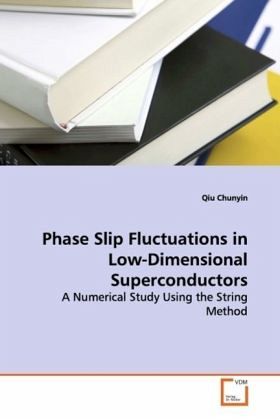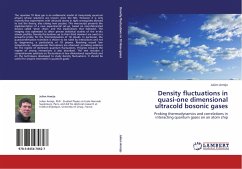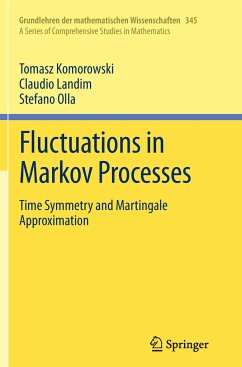
Phase Slip Fluctuations in Low-Dimensional Superconductors
A Numerical Study Using the String Method
Versandkostenfrei!
Versandfertig in 6-10 Tagen
32,99 €
inkl. MwSt.

PAYBACK Punkte
16 °P sammeln!
The superconductivity in low-dimensional superconductors has been of theoretical and experimental interest for nearly half a century. According to the Mermin-Wagner theorem, superconducting long-range order can not be stabilized in strictly low-dimensional systems at any finite temperature. But how exactly is the superconductivity extinguished in such reduced systems? In general, the phase slip picture is used to describe the current dissipation process. An analytic solution can be found from the famous LAMH theory. However, the theory is only suitable for the perfect one-dimensional supercond...
The superconductivity in low-dimensional
superconductors has been of theoretical and
experimental interest for nearly half a century.
According to the Mermin-Wagner theorem,
superconducting long-range order can not be
stabilized in strictly low-dimensional systems at
any finite temperature. But how exactly is the
superconductivity extinguished in such reduced
systems? In general, the phase slip picture is used
to describe the current dissipation process. An
analytic solution can be found from the famous LAMH
theory. However, the theory is only suitable for the
perfect one-dimensional superconducting wire
systems. As a supplementary, in the book we
introduce a powerful numerical tool, i.e., the
string method, to numerically study such phase slip
events. In particular, the systems out of the scope
of the LAMH theory are studied in details.
superconductors has been of theoretical and
experimental interest for nearly half a century.
According to the Mermin-Wagner theorem,
superconducting long-range order can not be
stabilized in strictly low-dimensional systems at
any finite temperature. But how exactly is the
superconductivity extinguished in such reduced
systems? In general, the phase slip picture is used
to describe the current dissipation process. An
analytic solution can be found from the famous LAMH
theory. However, the theory is only suitable for the
perfect one-dimensional superconducting wire
systems. As a supplementary, in the book we
introduce a powerful numerical tool, i.e., the
string method, to numerically study such phase slip
events. In particular, the systems out of the scope
of the LAMH theory are studied in details.












